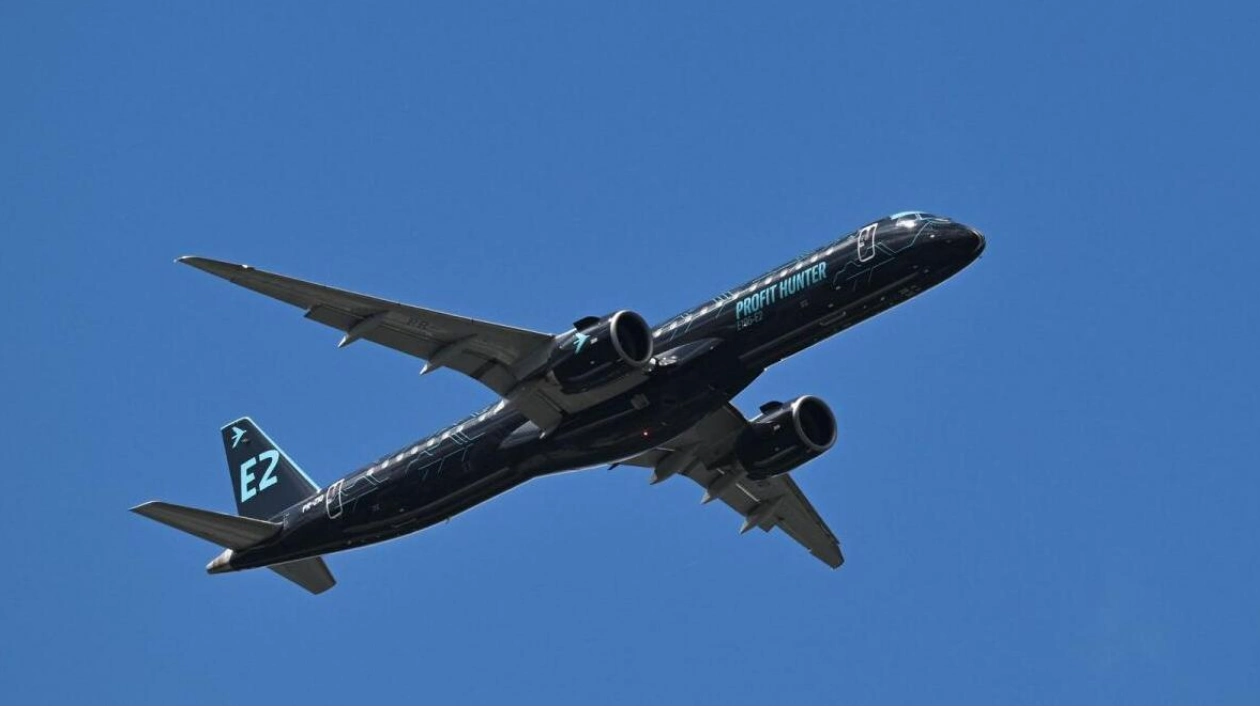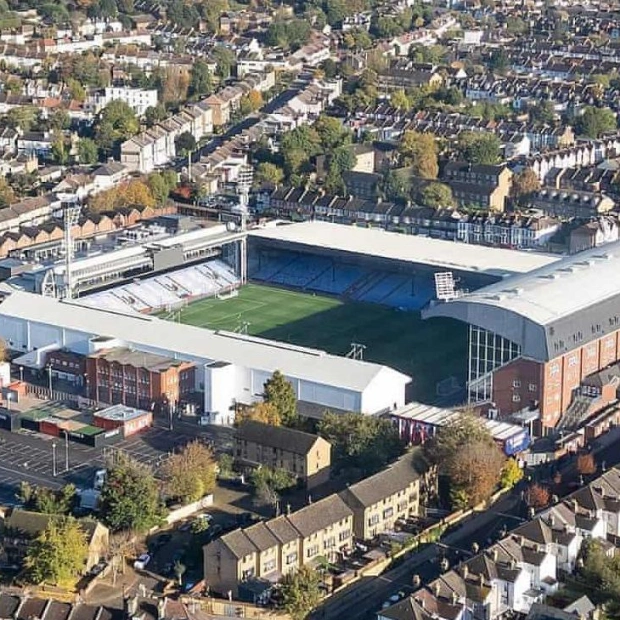Brazilian aircraft manufacturer Embraer anticipates that global passenger traffic over the next two decades will increase at a quicker rate than previously estimated, although it foresees a reduced potential for regional aircraft deliveries, according to a statement on Tuesday.
The significance of this development lies in the post-pandemic surge in air travel, which has recently shown signs of stabilizing. This week at the Farnborough Airshow, airlines expressed concerns about the normalizing demand as travelers resist higher ticket prices and airlines confront delivery delays and supply chain issues.
Embraer, the world's third-largest aircraft producer, specializes in aircraft with up to 150 seats, competing directly with Airbus's A220 and sitting below the popular A320 and 737 models of Airbus and Boeing. Arjan Meijer, head of Embraer's commercial aviation division, highlighted that post-pandemic challenges such as supply chain disruptions, economic slowdowns, and geopolitical uncertainties will persist and impact the market.
Meijer emphasized that the diverse market sizes and demand patterns necessitate a flexible fleet strategy, advocating for a balanced mix of sub-150-seat jets and larger narrow-body aircraft to adapt to the evolving market conditions.
Embraer projects that passenger traffic, measured in revenue passenger kilometers (RPK), will expand annually by 4% from now until 2043, surpassing the 3.2% growth predicted last year for the 2023-2042 period. However, this rate remains below pre-pandemic levels. Growth drivers over the next 20 years are expected to be China and Asia, with an annual expansion of 5%, followed by Latin America, Europe, and North America, with respective growth rates of 4.9%, 3.3%, and 2.4%.
The demand for new aircraft with up to 150 seats is projected to reach 10,500 over the next 20 years, down from the previously forecasted 11,000. The total market value of these aircraft is estimated at $640 billion.






